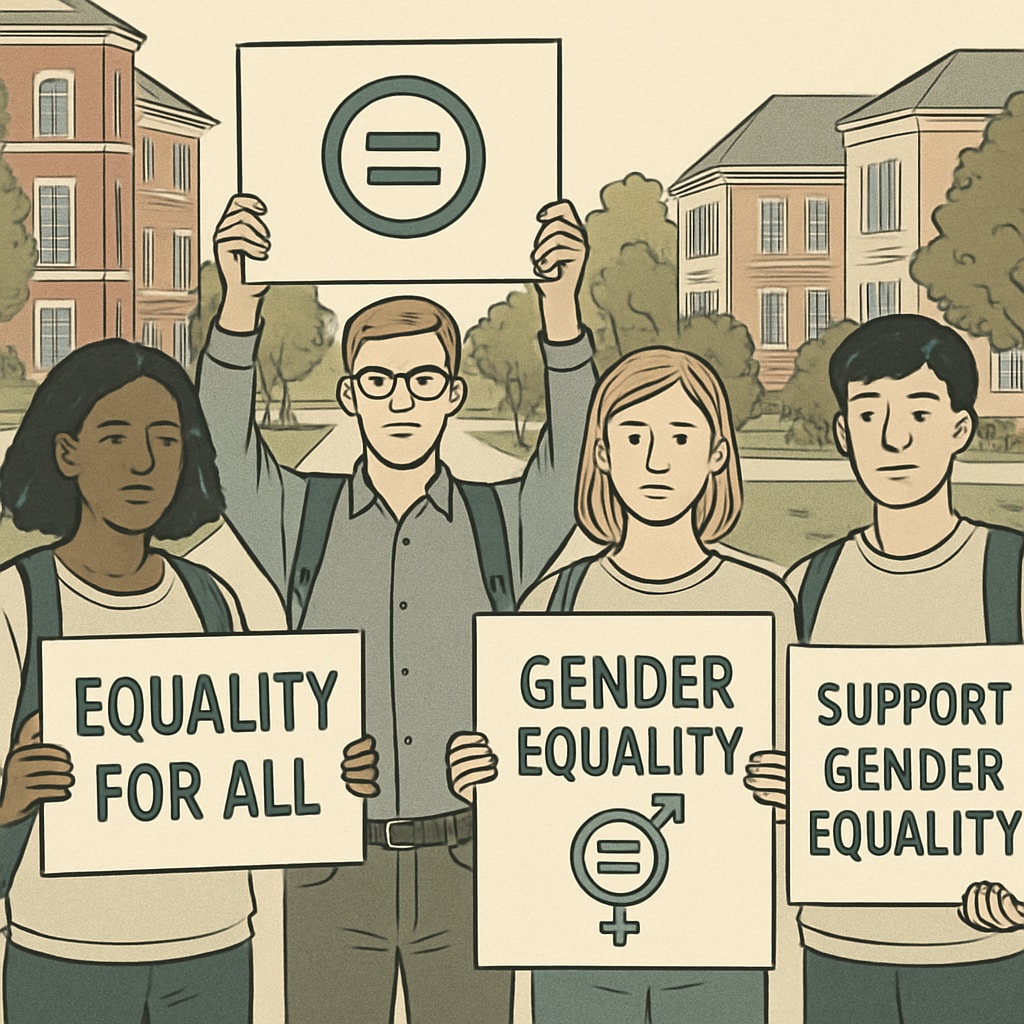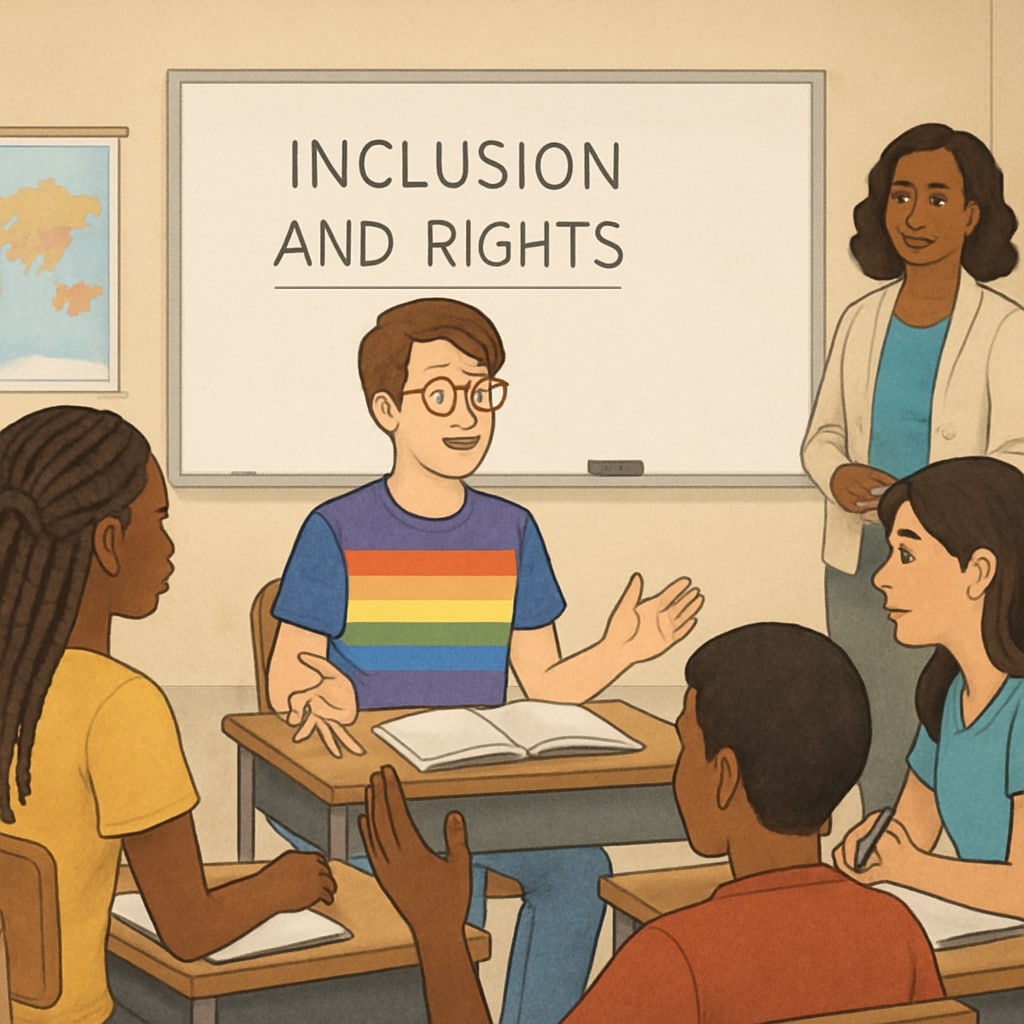Brown University recently announced a controversial gender policy change, aligning with Trump-era federal definitions that restrict gender to a biological binary. This policy shift has sparked widespread concern, particularly regarding its impact on transgender students who already face significant challenges in higher education. By redefining gender in such a restrictive way, the university risks undermining its commitment to diversity, equity, and inclusion (DEI) while simultaneously threatening the safety and sense of belonging for transgender and non-binary students.
The Policy Shift: A Step Backwards for Inclusion
The decision to adopt Trump-era definitions of gender reflects a significant departure from the progress many universities have made in recognizing gender as a spectrum. Under this binary framework, individuals are categorized strictly as male or female based on biological characteristics at birth. This approach disregards the lived experiences of transgender and non-binary individuals, many of whom identify outside these rigid categories.
Brown University’s adoption of this policy raises critical questions about how institutions of higher education should define and respect gender identity. Transgender students at Brown now face the possibility of being misgendered in official university records, housing assignments, and other campus policies. This not only erodes their sense of safety but also contributes to a broader culture of exclusion.

Ripple Effects in the K-12 Education System
The implications of Brown’s policy extend beyond its campus. As one of the Ivy League institutions, Brown University holds a prestigious position in American education. Decisions made by universities like Brown often influence K-12 schools, which look to higher education as a model for policy development. By endorsing a binary definition of gender, Brown inadvertently validates restrictive policies that may be adopted by school boards and educators nationwide.
For example, K-12 schools could use Brown’s policy to justify denying transgender students access to gender-affirming facilities, such as restrooms or locker rooms, or to exclude them from sports teams that align with their gender identity. This creates a domino effect, normalizing discrimination and eroding the progress made in fostering inclusive educational environments for all students.

Supporting Transgender Students in Challenging Times
Despite this setback, educators and administrators across the country have a responsibility to uphold the dignity and rights of all students, including those who are transgender or non-binary. Here are several actionable steps that institutions can take to counteract the harm caused by restrictive gender policies:
- Implement inclusive training programs: Educate faculty, staff, and students about gender diversity and the importance of using correct pronouns.
- Establish gender-neutral facilities: Create safe spaces, such as gender-neutral restrooms, to ensure all students feel comfortable on campus.
- Advocate for policy change: Work with student organizations and local policymakers to challenge discriminatory policies and promote inclusivity.
- Provide mental health support: Offer counseling services tailored to the needs of transgender and non-binary students, who may face increased mental health challenges due to discrimination.
Educational institutions must prioritize the well-being and success of all students, regardless of gender identity. This includes creating environments where students feel validated and respected for who they are.
Looking Ahead: A Call to Action
The gender policy change at Brown University underscores a broader societal debate about inclusion and equality. While institutions face pressure to align with certain political ideologies, they must also recognize their responsibility to nurture diverse and supportive communities. Transgender students deserve the same opportunities as their peers to thrive academically and socially without fear of discrimination or exclusion.
As parents, educators, and policymakers, we have a collective duty to advocate for policies that reflect the values of equity and respect. By standing in solidarity with transgender individuals and challenging regressive policies, we can ensure that education remains a pathway to opportunity for everyone, regardless of gender identity.
For further reading on gender identity and educational policies, visit Gender Identity on Wikipedia or Transgender Topics on Britannica.


